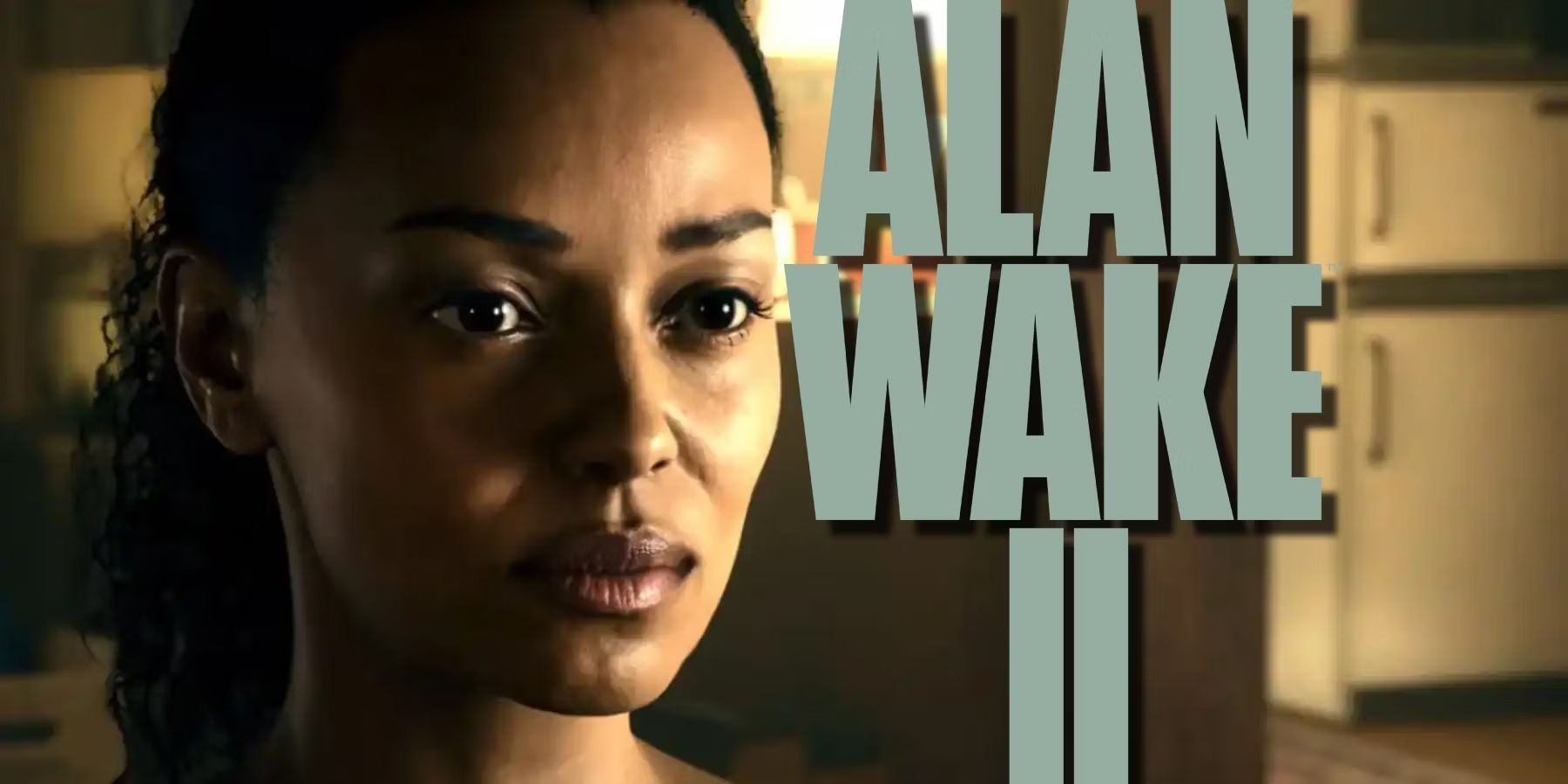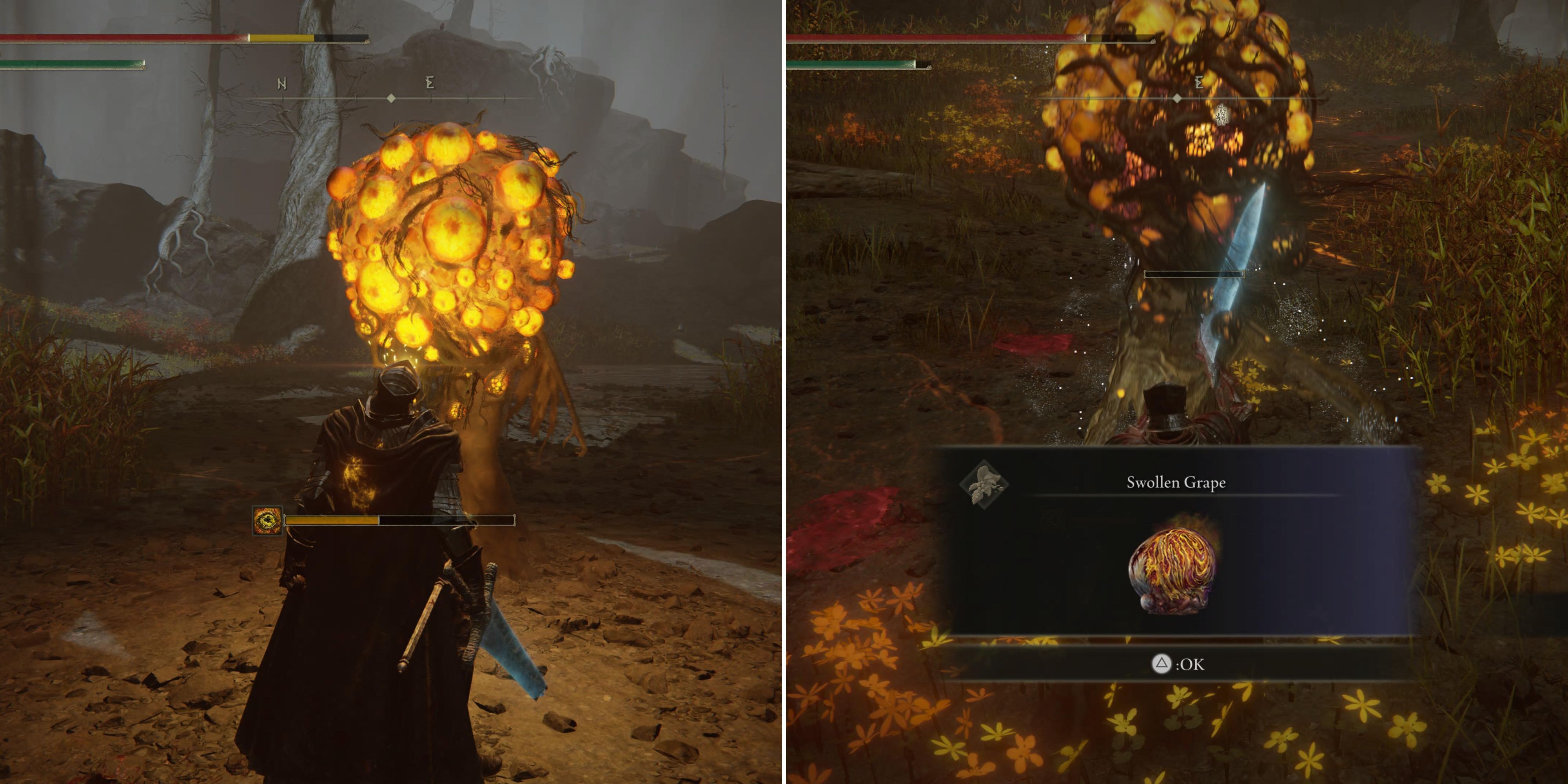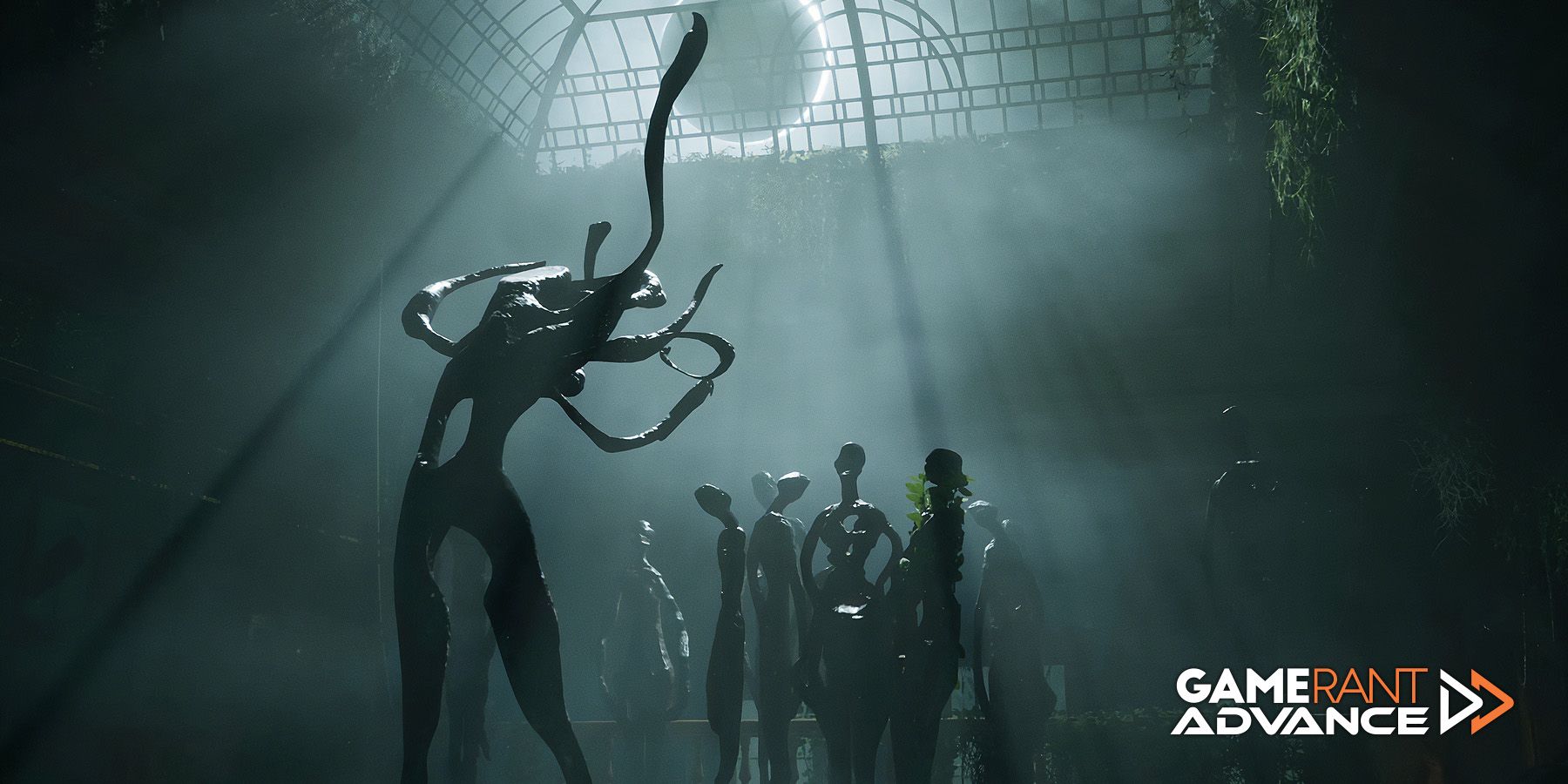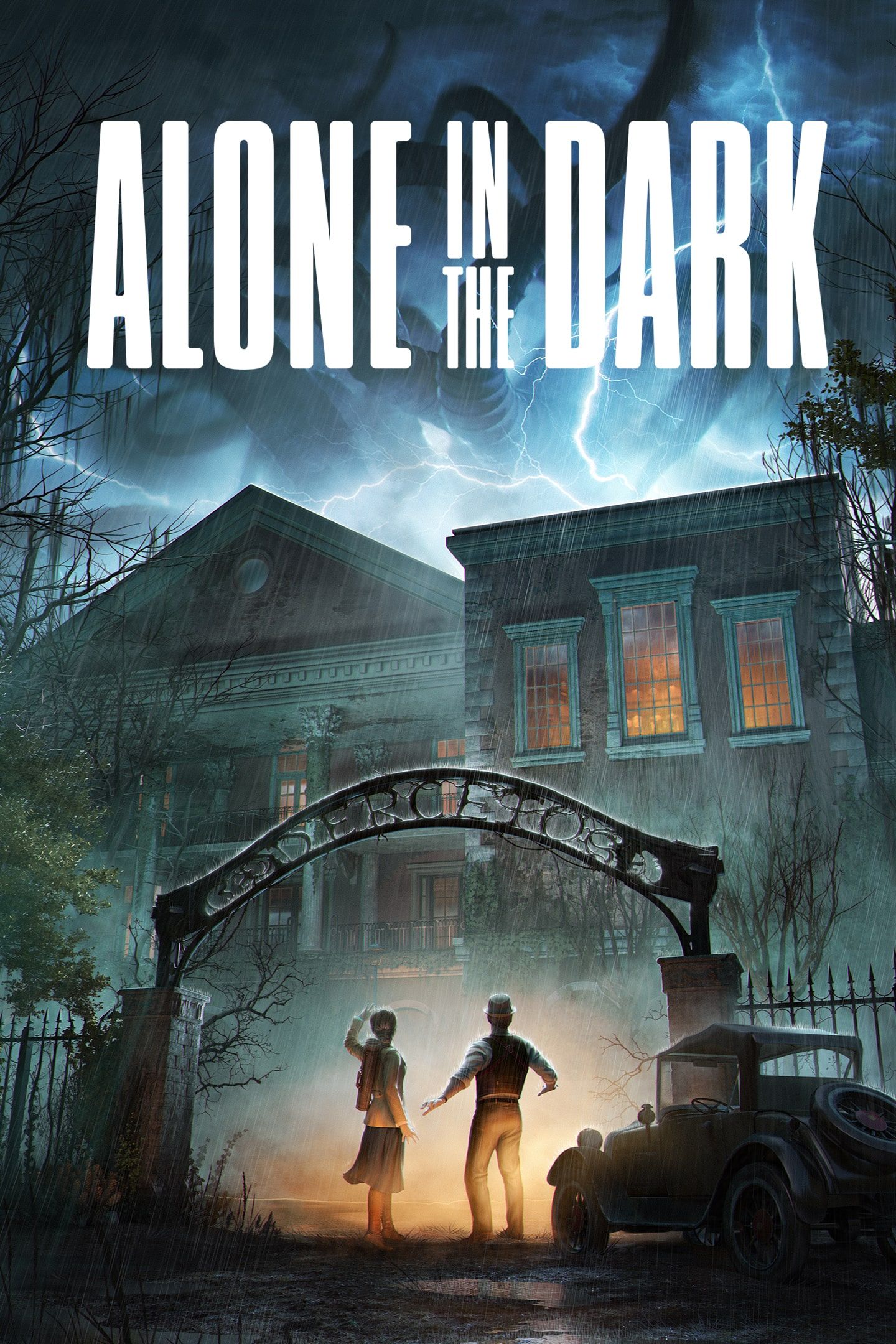The survival horror genre's success has paved the way for a wide variety of horror subgenres to be utilized by different games. Nearly every game in the wider genre offers something different for horror fans, whether that's zombies, ghost stories, psychological horror, cosmic horror, and beyond. As one of the originators of the survival horror genre, Alone in the Dark has always brought a clever mix of genre inspirations to the table, and the upcoming Alone in the Dark series reimagining seeks to do the same. One of the big questions, though, is how the developer gets these disparate influences to form something cohesive.
Like the original title, 2024's Alone in the Dark presents players with a compelling mystery surrounding a haunted house called Derceto Manor in a Southern Gothic horror setting. And while it may seem like that kind of horror story has a clear trajectory given its genre trappings, fans of the Alone in the Dark series should recall that the franchise has a penchant for dabbling in Lovecraftian influences and introducing some truly out-there horror elements to boot. Getting this mix of horror inspirations to work is a delicate balance, so Game ZXC asked Pieces Interactive during a recent interview if there were any horror trappings or tropes the studio wanted to avoid.

Why Alan Wake 2 Fans Should Keep an Eye on Alone In the Dark (2024)
Alan Wake 2 has proven to be a big success, and fans craving similar games should take note of the upcoming Alone in the Dark title.
Alone in the Dark's Horror Doesn't Let 'Anything Go'
Where Resident Evil embraces B-movie camp and over-the-top gore and Silent Hill leans into psychological horror and existential dread, Alone in the Dark has traditionally been a blending of a classic haunted house tale with cosmic horror elements. It's the "haunted house" vibe of Alone in the Dark that helps to set it apart from the other progenitors of the survival-horror genre, but it also happens to be one of the biggest challenges in getting the series' horror balance pitched correctly.
Creative director and writer Mikael Hedberg told us the one thing he wanted to avoid was the idea that "anything goes."
The only real thing I like to avoid when it comes to horror, and stories in general, is “anything goes.” Everything that happens must follow the internal rules of the story. Even though we are in a haunted house, it can’t be haunted in the sense that we can just throw anything at the player. This doesn’t mean that everything should be spelled out as to why they happen. Strange things can still happen, but there needs to be a reason for it. I think the audience is smart enough to sense when a storyteller is just chucking everything at them, and it feels a little insulting.
Along with the goal for each of Alone in the Dark's horror elements to make sense within the context of its story is the game's tonal consistency. Rather than make players feel an adrenaline rush like in Resident Evil or a pervading sense of dread similar to playing Silent Hill, Alone in the Dark opts for something much more in line with its literary horror influences, putting atmosphere and an air of mystery at the forefront.
Ultimately, just like the original game in the series, the core of Alone in the Dark is a compelling mystery that sees players trying to decipher the secrets of a haunted mansion with a rich history. And concerning any surprises players uncover along the way, there's every indication that the studio will build on Alone in the Dark's Derceto Manor, rather than undermine them.




